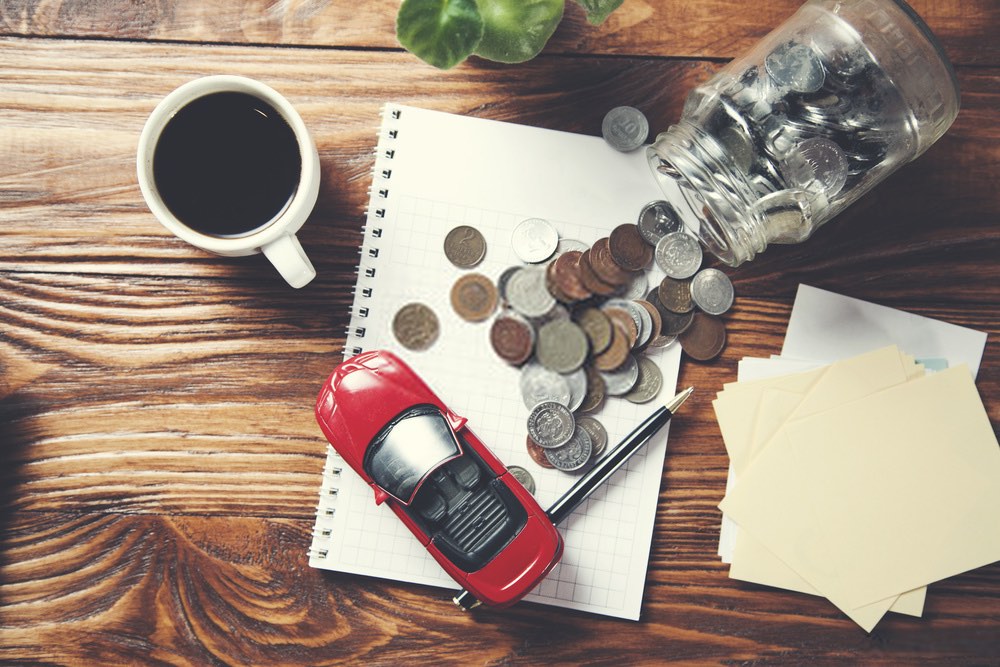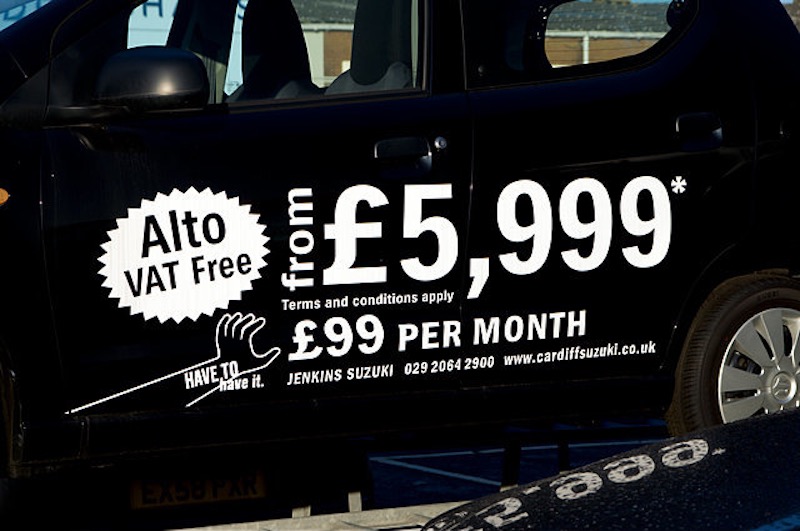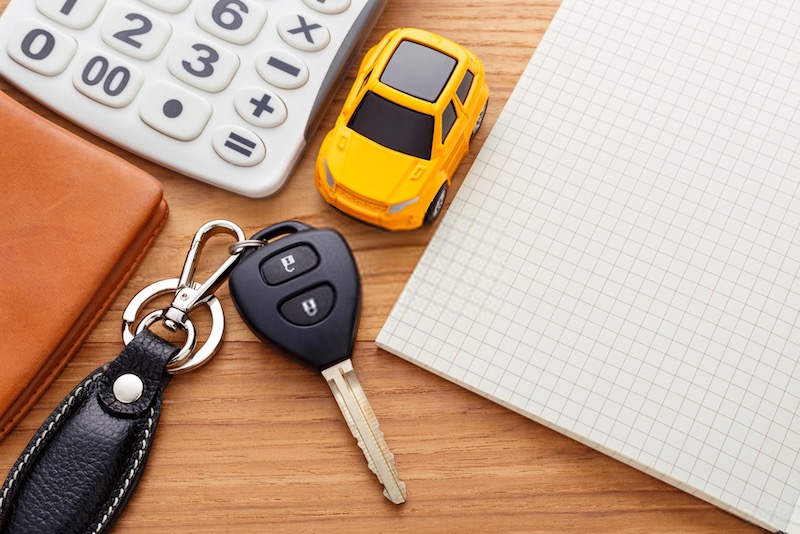Contents
The Pros And Cons Of Bank Loans

Many people choose to take out a loan with their bank to buy a new car because it’s easy.
A standard bank loan normally has a time period of three to five years and you can ask for the specific amount you need to purchase the vehicle.
The best way to compare a bank loan to finance options is to look at the APR. This is what the cost will be for you to borrow that money, including any interest and charges the bank put on top. The lower the APR is, the better deal you are getting on the loan.
There are of course pros and cons of taking out a bank loan. A great advantage of this type of loan is that you can go and buy the car outright. If it becomes necessary, you can then sell the car and pay off the rest of the loan if you are struggling to make the repayments. There’s more flexibility with a bank loan because there aren’t any hidden fees or balloon payments to cater for. You can also pay off a loan early without any hassle, increase your monthly amount of payments or make additional payments without incurring any sort of penalty. Another great pro of a bank loan is you can go to the car dealer with what is essentially a cash payment. This allows you more of a bargaining tool to get the cost of the car down.
Of course, a bank loan is a financial commitment. Applying for a bank loan and receiving the money goes on your credit record. You should only apply for how much you know you can afford to pay back. If you fall behind on the payments it will negatively affect your credit.
PCP Finance Compared To A Bank Loan

PCP is a form of car finance that offers up lower monthly repayments with a balloon payment at the end of the contract to own the car outright. With a PCP you pay off the depreciating value of the car and not the total amount of money it’s worth right at the beginning of the agreement. You also have free choice over whether you choose to pay the balloon payment to own the car, upgrade to another or simply give it back to the finance company.
PCP Length
PCP agreement lasts anywhere between three and five years. You will put down an initial deposit of the car, then the lender will calculate your guaranteed minimum future value which is the estimate of what the car will be worth at the end of the contract unless you pay it off early. All of this gets taken off what the total value of the car is upon purchase and then the amount is broken down into monthly payments that last for the rest of the contract.
PCP Has Lower Payments
Comparing a PCP to a bank loan, the biggest difference is that you’ll find the monthly repayments on a PCP much smaller than that of a loan.
Another advantage is if the car ends up being worth more than the guaranteed minimum future value you have equity in the car, which can go towards the deposit on a new car. The last advantage of a PCP agreement is that you are able to change and upgrade your car every few years, which is brilliant for those who love the latest gadgets in their vehicles.
PCP Is Not Great If You Want To Own The Car

If you want to own the car outright at the end of the contract, a PCP deal probably isn’t the best option for you. This is because it involves a large balloon payment in order to own the car, which could be difficult for you to pay for. Also if you miss any of your payments on a PCP, the finance company are completely within their rights to take the car off you as it’s legally their property. If you want to cancel the contract early and give the car back there will be large fees involved.
PCP plans often mean you’re responsible for servicing and maintaining the car up to the manufacturers’ standards. If you try to return the car and the company deems that the damages are worse than fair wear and tear, you have to pay for the car to be fixed. An annual mileage limit will also be set for you. If you go over this mileage allowance you have to pay a certain fee for every mile you have exceeded it by.

